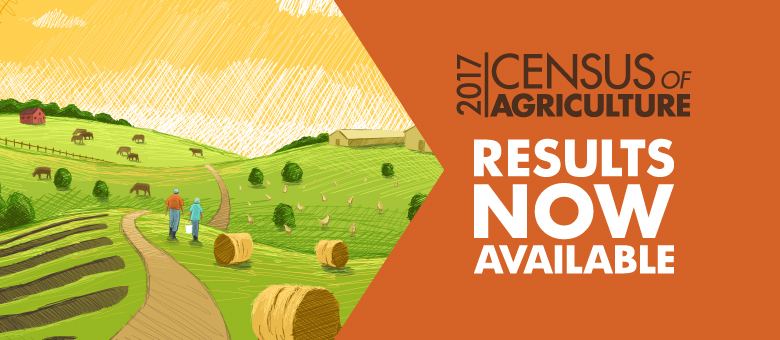Danae Peckler, architectural historian, Fredericksburg, VA
In 2007 and 2017—thanks to the lobbying efforts of a few National Barn Alliance (NBA) board members, particularly Rod Scott, and our great network of barn preservation advocates, including many active supporters of state and local preservation organizations—the United States Agricultural Department (USDA) put a simple question to the farmers of America’s working farms in the Agricultural Census: “Do you have a barn built prior to 1960?”
From the “yes” or “no” answers of those farmers, a set of statistics emerged to help advocates for the preservation of historic barns get a sense of just how many old barns existed within each state.
The data collected from this effort was far from perfect. For starters, it only gathered information from “working farms,” ignoring pre-1960 barns on farm properties that no longer meet that definition, as well as those that survive in suburban and urban areas. Furthermore, by answering just yes or no, farms with multiple pre-1960 barns were represented as a single unit. Yet the information gathered from this effort was a fine (if not the only) place to start. Obtaining these statistics was an attempt to quantify what is the largest problem facing barn preservation advocates: the size and scale of America’s agrarian landscape.
Acknowledging the limitations of what became known as “the barn question” in the 2007 Census, the NBA board of directors set about repeating the experiment a decade later in 2017. By asking the same exact question, we hoped to gain insight on the big question we are all looking to quantify: “How many old barns have we lost across the country?”
To find out, Rod Scott and I worked together two years in advance of the census to connect with officials at the USDA, drafted a sample letter for friends of old barns and barn preservation advocates to send the agency, and called on each of you to spread the word and lobby for the question’s return in 2017. And it worked!
Barn lovers from across the country heeded the call to action and the results became public in the Spring of 2019. To better digest the statistics, I created a table with an alphabetical listing of states to compare the results of “the barn question” from 2007 and 2017.

Not surprisingly, each and every state in the USA saw a decline in the number of working farms reporting at least one pre-1960 barn. And while we may be inclined to look for the biggest winners and losers by the figures, it is important to be mindful of their context. This is a count of “working farms” with at least one barn built prior to 1960 in each state (though county-level data is also available in Table 43, Special Characteristics!), and not every pre-1960 barn would be thought of as “historic” by many people’s standards, even those of professional preservationists.
Yet, however small this slice of the bigger picture may be, the limitations of these statistics should not stop us from using them to illustrate the loss that no one is willing to dispute: America’s historic barns (farms and outbuildings!) are disappearing at an increasing rate. And it will also surprise few that, in general, the number of working farms and farmers are also in decline.
A few takeaways from “the barn question” and the last decade from a national perspective:
- As a nation, 28 percent fewer working farms reported old barns on their properties.
- Individual states reported between 10 and 45 percent fewer working farms with at least one barn built prior to 1960, with a mean loss of 27 percent.
- In a handful of states, properties with a pre-1960 barn make up less than 10 percent of the total number of working farms.
- On the whole, less than a quarter of America’s working farms have a pre-1960 barn (the mean is 23 percent).
“Historic” or not, it is well past time that we started bending over backward to thoughtfully record and catalog the old barns and outbuildings that dot our farms from sea to shining sea. For preservation professionals that means getting inside the barn to note the specifics of its framing and learning to recognize common modifications that reflect popular agricultural practices. A good general book that I recommend for anyone across the country is Allen Noble and Richard Cleek’s The Old Barn Book: A Field Guide to North American Barns & Other Farm Structures (1995). Although more specific barn field guides and rural documentation sources can be found for different regions, states, and counties, The Old Barn Book is an easy read with great drawings from M. Margaret Geib.
As increasingly endangered cultural-historic assets of America’s greatest industry, the study of historic barns and farm buildings by preservation professionals has grown in the past 25 years since the NBA was founded. Yet the list of obstacles to preserving them grows faster.
How we justify their historical significance matters less and less—this is not a battle that will ever be won, it’s simply a matter of how much we stand to lose.
Related articles and pages that might be of interest:
